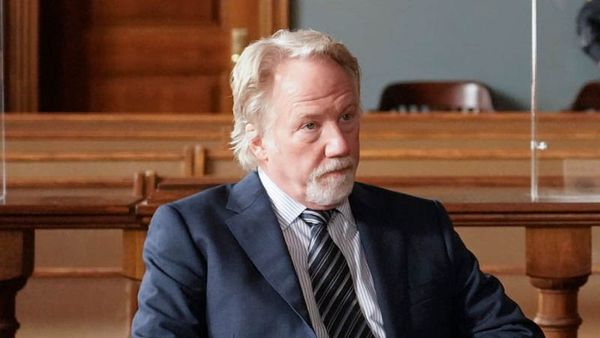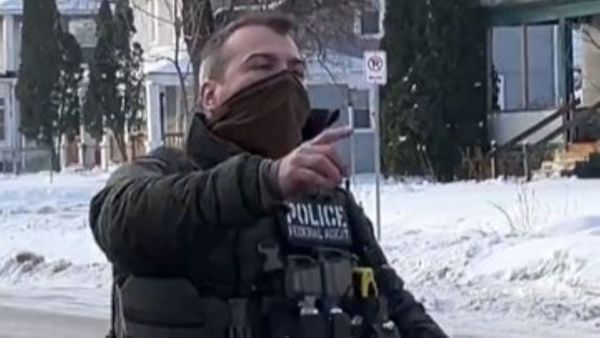
For my generation, the People’s Socialist Republic of Albania was a place of mystery, both exotic and dangerous. The first time I visited was in 1990. I went with a group of journalists and a couple of archaeologists – we were pretending the visit was an “archaeological tour”. There was no translator and we had maybe four words of Albanian between us. Needless to say, the writer I was with had a pretty hopeless time trying to interview people, but as the only photographer in the group, I had a fantastic trip.
We were there for a few weeks, touring communes and cooperative farms as well a tractor factory where no tractors were being made. We got as far as Shkodër, on the edge of the Accursed mountains, but were only able to make a very limited trip to the north, which was what really intrigued me. Exploring that mountain region only became a possibility 18 months later, following the collapse of the communist regime.
This time I went for the Sunday Times, along with writer Ian Thomson. I’d kept in contact with someone in Tirana who let me know when the snows had melted enough for us to get into the mountains. Having spent some time in Romania shortly after the 1989 revolution, I knew times of change can be a great opportunity to visit places that have been isolated – things are chaotic, but suddenly there’s a chance to really see what’s going on.
Enver Hoxha [the dictator who ruled Albania for more than four decades until 1985] had never really controlled the north of the country and village life had resisted his influence. Up there, people followed the Kanun, a set of codes based on honour and blood, dating from medieval times. The villages often felt almost medieval too, with horses and carts and astonishing outfits. I had shot in black and white during the previous visit and decided to do so again. I’d brought colour film, but black and white gave the images a timeless quality.
We had a great driver, Lida Kita, who also acted as our guard and an empathetic and well respected translator. It was down to her that we got invited to a wedding in the village of Bogë, where this picture was taken. The mountain villages tended to be either Muslim or Catholic – there was no edge between them, but nor was there any intermarrying. This was a Muslim wedding, an arranged marriage, I think, but there was still a lot of drinking. The celebrations went on for a week – we only lasted a day.
The picture is quite painterly – it has a chiaroscuro effect, with the bride lit by a window. On the left, people seem to be whispering to each other, laughing and joking, but she is isolated. This was taking place in the house of her new husband’s family, where she would be living under the rule of her mother-in-law. She looked so unhappy and no one was really talking to her. The groom had just been given a little box containing a “trousseau bullet” by the bride’s father as part of her dowry. The idea is that this can be used in the event of desertion or infidelity. It’s a symbolic and traditional gift, but given how friendly everyone else seemed, this still came as a shock to me.
Meanwhile the groom was partying hard. I have another photograph of the couple arriving, both looking nervous, but though I didn’t see the wife touch a drop, everyone else ended up drinking and dancing. For that day I was essentially the wedding photographer by default, and was expected to drink a toast of raki – colourless homemade moonshine – with every male guest. Eventually I blacked out. I was staying at a nearby hotel and members of the wedding party must have carried me back, because I remember coming to in my tiny room with all my equipment and rolls of film beautifully laid out on the bed opposite. On the contact sheets, you can see that my compositions become increasingly loose, but as soon as I saw this image I thought: “Gosh!”
• Gulag: A Journey into the Darkness of Stalin’s Siberian Prison Camps, by Barry Lewis, is published by Fistful of Books. A Kickstarter campaign closes on 4 November

Barry Lewis’s CV
Born: London, 1948
Trained: “Originally a chemist, taught for three years, then RCA for two year MA with Bill Brandt as tutor”
Influences: “Bill Brandt, August Sander, Joel Meyerowitz”
High point: “Starting the agency Network Photographers in 1981 and winning the 1991 Oscar Barnack (the inventor of the Leica) award for humanitarian photography for work in Romania”
Low point: “The end of Network Photographers in 2005 alongside the growth of the internet”
Top tip: “Keep fit, be bold, ask questions, listen, read, wear good shoes”







